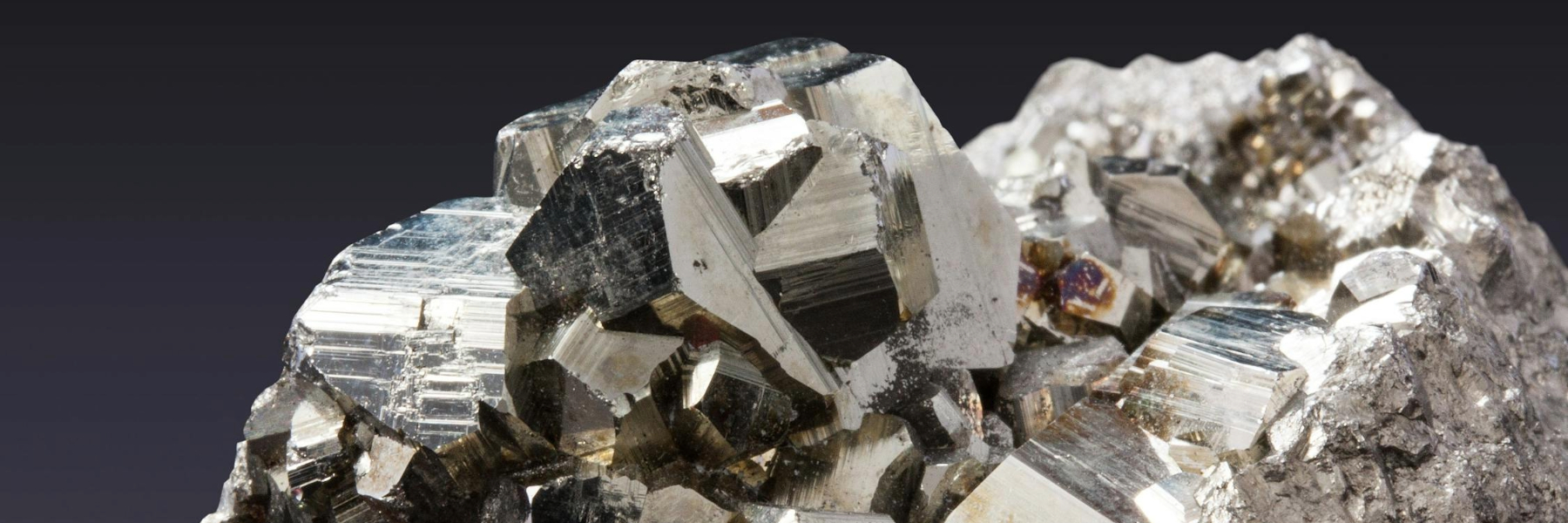Canada is home to some of the world’s most sought-after critical minerals, like copper, nickel and lithium. These minerals are essential for building a green and sustainable economy in Canada, with direct applications ranging from electric vehicles to solar panels. This is why Pouya Rezai, an associate professor in the Mechanical Engineering Department at York University’s Lassonde School of Engineering, is leading a project to optimize the rapid detection and extraction of these critical minerals – particularly lithium.
Lithium is a versatile mineral that is widely used to develop and improve innovative technologies like energy storage solutions, as well as metallurgic and automotive applications. Currently, the industrial processes used to detect and isolate lithium are challenging, time-consuming and often expensive. To improve the efficiency of lithium retention, the Lassonde researchers are exploring methods to reuse and recycle the critical mineral from various sources like electronic waste and electric vehicle (EV) batteries.
This $1.5-million project, funded by the Natural Sciences & Engineering Research Council of Canada’s Alliance Mission Grant, addresses a nationwide call for critical minerals research, stemming from Canada’s Critical Mineral Strategy.
“Our project aims to enhance the entire supply chain of lithium production – from detection to mining and recycling to reuse,” says Rezai. “We are starting with developing technologies that can detect, quantify and isolate lithium from electronic waste materials like EV batteries.”
Other Lassonde researchers co-leading the project include Department of Mechanical Engineering professors Thomas Cooper, Cuiying Jian, Roger Kempers, Siu Ning (Sunny) Leung and Nima Tabatabaei, and Department of Electrical Engineering & Computer Science Professor Razieh (Neda) Salahandish.
Through the collaborative efforts of the Lassonde researchers and six industry partners, this project intends to uplift Canada’s green and digital economy by helping to increase the country’s supply of responsibly sourced lithium. Specifically, the researchers are engineering and testing lithium-imprinted polymers that are specially designed to isolate lithium from complex sources like electronic waste.
The team is also exploring and developing optical and electrochemical-integrated devices that can detect and quantify lithium amidst other materials, which would allow miners to detect the presence of lithium within hard rock ore. To ensure optimal performance and portability of the devices, the team is investigating the use of aerogels – an ultralight material with favourable properties and immense potential.
“We want this interdisciplinary project to demonstrate the Mechanical Engineering Department’s ability to work together and achieve a single goal,” says Rezai. “This is the first initiative that has brought together such a large group within our department. We are also hiring 28 student researchers across a spectrum of expertise to support the project and provide valuable learning opportunities. Our idea is to eventually expand the team and build more industry partnerships to achieve greater research and funding.”
According to the research team, this collaborative initiative is only the beginning of a much larger project. Through continued efforts, they hope to innovate the future of critical mineral supply chains and generate licensed, commercialized and patented technologies.
“If we can successfully detect lithium with our technology, we can do so much more,” says Leung. “We are working on a platform technology – the idea is to optimize the detection of one mineral and then work toward other applications. One day, we plan to expand our work to detect other materials, like biological contaminants or disease biomarkers.”


